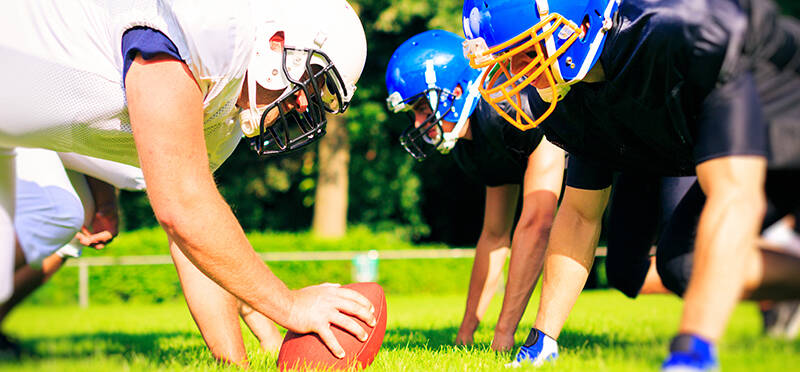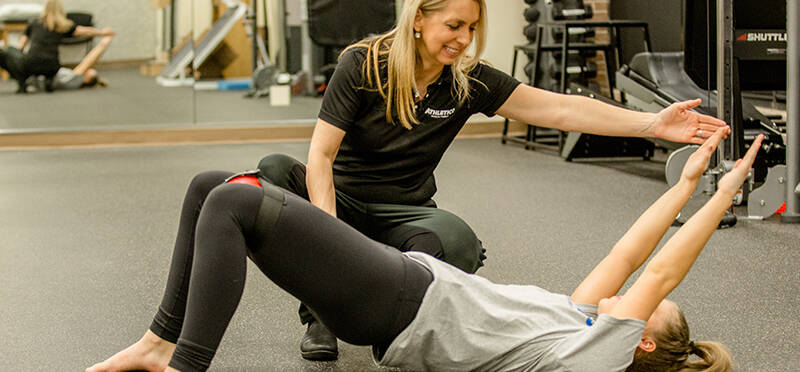Management of Concussion in Sports
Posted on September 16, 2022 by Kimberly Smith, PT, DPT, VRT
It is estimated that as many as 3,900,000 sports and activities-related concussions occur annually in the U.S. A concussion can...
(more…)







